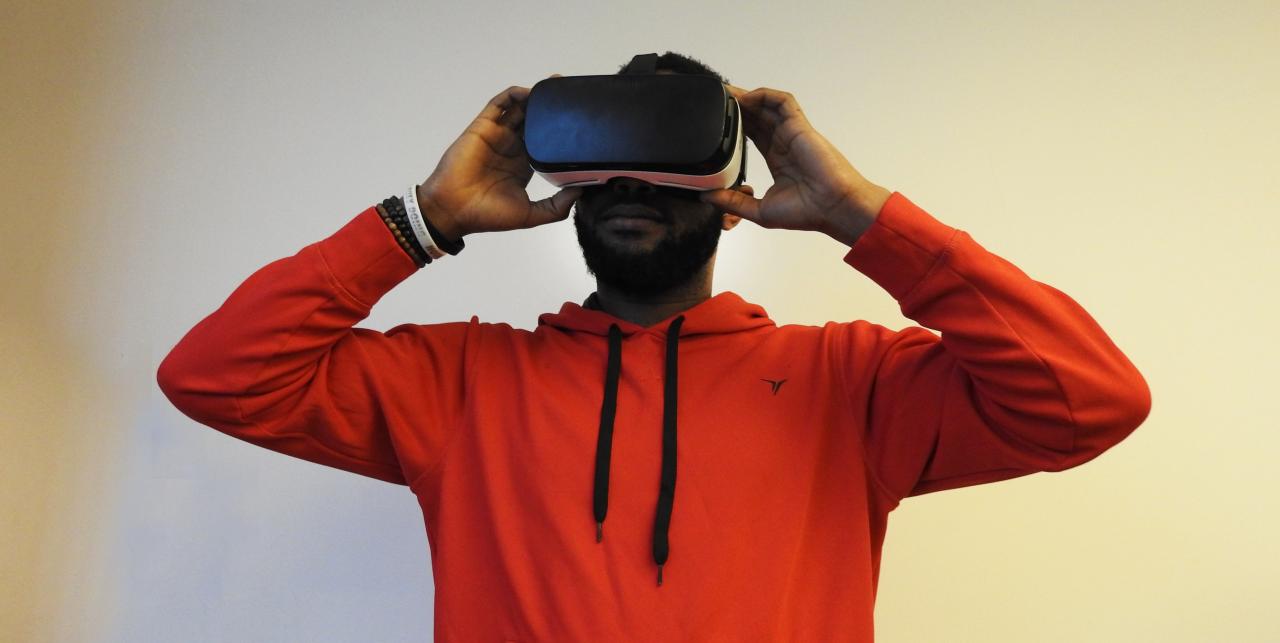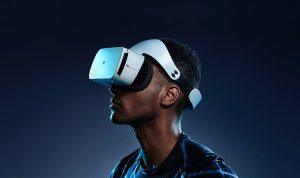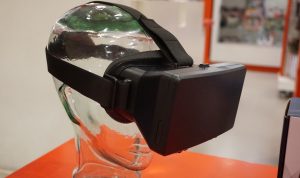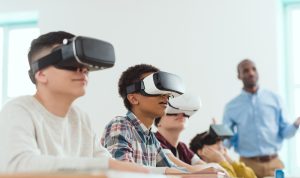VR Wildlife Safaris from Your Couch offers an innovative way to explore the wonders of nature without ever leaving your home. Through the seamless integration of virtual reality technology, participants can embark on immersive journeys into the heart of wildlife-rich environments, experiencing the thrill of close encounters with animals in their natural habitats. This modern approach not only caters to adventure enthusiasts but also makes wildlife experiences accessible to those who may face geographical or physical limitations.
The advent of virtual reality has transformed the landscape of wildlife exploration, allowing individuals to enjoy breathtaking views and unique interactions with wildlife that were once reserved for those who could travel to remote locations. By leveraging cutting-edge technology, these virtual safaris provide educational insights about ecosystem dynamics, animal behaviors, and conservation efforts, all from the comfort of one’s living room, thus fostering a deeper appreciation for the world’s biodiversity.
The advent of the digital age has revolutionized various aspects of human life, from communication to commerce, and even education. As technology continues to evolve, the implications for society and individual interactions become increasingly complex. This article explores the multifaceted impacts of digital technology on contemporary society, highlighting both its benefits and challenges.One of the most significant advantages of digital technology is the democratization of information.
In the pre-digital era, access to information was often restricted to those who could afford it or had the means to seek it out. Libraries, scholarly articles, and expert opinions were typically confined to physical locations, making information inaccessible to many. With the rise of the internet, a wealth of knowledge has become available to anyone with an internet connection.

Websites like Wikipedia, online courses, and open-access journals provide free resources that empower individuals to educate themselves on a wide array of topics.Moreover, the digital landscape has transformed communication, allowing people to connect across vast distances in real-time. Social media platforms such as Facebook, Twitter, and Instagram have bridged geographical divides, enabling users to maintain personal relationships and foster professional networks regardless of physical location.
This global interconnectedness has facilitated cultural exchange and collaboration, as individuals from diverse backgrounds can share their experiences and perspectives.However, the pervasive nature of digital technology also raises concerns regarding privacy and data security. As individuals increasingly share personal information online, they become vulnerable to data breaches and privacy infringements. High-profile incidents involving the unauthorized use of personal data, such as the Cambridge Analytica scandal, underscore the potential risks associated with digital transparency.
Furthermore, the amount of data collected by corporations, governments, and even social media platforms poses ethical questions about consent and surveillance.In addition to privacy concerns, the digital divide remains a pressing issue. Despite the widespread availability of information and communication technologies, not everyone has equal access. Regions with limited infrastructure, economic disparities, and socio-political factors can hinder access to the internet and digital devices.
This divide not only exacerbates existing inequalities but also creates a knowledge gap that affects educational opportunities, job prospects, and social mobility for those on the disadvantaged side of the divide.The workplace is another area significantly impacted by digital technology. The emergence of remote work, facilitated by communication tools such as Zoom, Slack, and Microsoft Teams, has transformed traditional employment models.
Employees can now work from virtually anywhere, allowing for greater flexibility and work-life balance. However, this shift has also blurred the lines between work and personal life, leading to concerns about burnout and mental health. The pressure to be constantly connected can create an “always-on” culture that poses challenges to employee well-being.Additionally, automation and artificial intelligence (AI) have begun to reshape industries by streamlining processes and enhancing productivity.
While these advancements can lead to increased efficiency, they also raise concerns about job displacement. Many roles that were once performed by humans are now being executed by machines, leading to fears of unemployment in certain sectors. The challenge lies in ensuring that the workforce is adequately prepared for this shift, with appropriate training and education to equip individuals with the skills necessary for the jobs of the future.Digital technology has also transformed the landscape of education.
Online learning platforms such as Coursera, edX, and Khan Academy have made quality education accessible to millions, transcending geographic and economic barriers. Students can now learn at their own pace, exploring subjects that interest them without the constraints of a traditional classroom environment. However, this shift also comes with challenges, including the need for self-discipline and motivation, as well as concerns about the effectiveness of online learning compared to face-to-face interactions.Furthermore, the rise of e-commerce has transformed the retail landscape, providing consumers with unparalleled convenience.
Online shopping platforms like Amazon and eBay allow users to buy products from the comfort of their homes, often at competitive prices. This shift has compelled traditional brick-and-mortar stores to adapt or face obsolescence. However, the convenience of online shopping has also raised concerns about the decline of local businesses, exacerbating economic disparities in communities.Another critical aspect of the digital age is the transformation of entertainment and media consumption.
Streaming services such as Netflix, Hulu, and Spotify have revolutionized how individuals consume content, leading to the decline of traditional television and radio. This shift has democratized content creation, allowing independent creators to reach audiences without the constraints of traditional media gatekeepers. However, it has also raised questions about the quality of content and the implications of algorithm-driven recommendations for cultural diversity.Digital technology’s impact on mental health is an area of growing concern, particularly among younger generations.
While social media can foster connections, it can also contribute to feelings of isolation, anxiety, and depression. The curated nature of social media often leads to unrealistic comparisons, where individuals measure their worth against the highlight reels of others’ lives. The need for social validation can lead to addictive behaviors and a detrimental impact on self-esteem.As society navigates the complexities of the digital age, it becomes increasingly crucial to address the ethical implications of technology.
Issues such as algorithmic bias, misinformation, and digital addiction require careful consideration and proactive measures. Policymakers, technologists, and educators must collaborate to create frameworks that promote responsible technology use, ensuring that the benefits of digital advancements are equitably distributed while minimizing potential harms.In conclusion, the digital age presents a complex landscape of opportunities and challenges. While technology has the potential to enhance accessibility, connectivity, and productivity, it also raises critical questions about privacy, equity, and mental health.
As individuals and society as a whole adapt to these changes, it is essential to approach digital technology with a critical lens, fostering an environment that prioritizes ethical considerations and inclusivity. By doing so, we can harness the power of technology to create a more equitable and just future for all.




